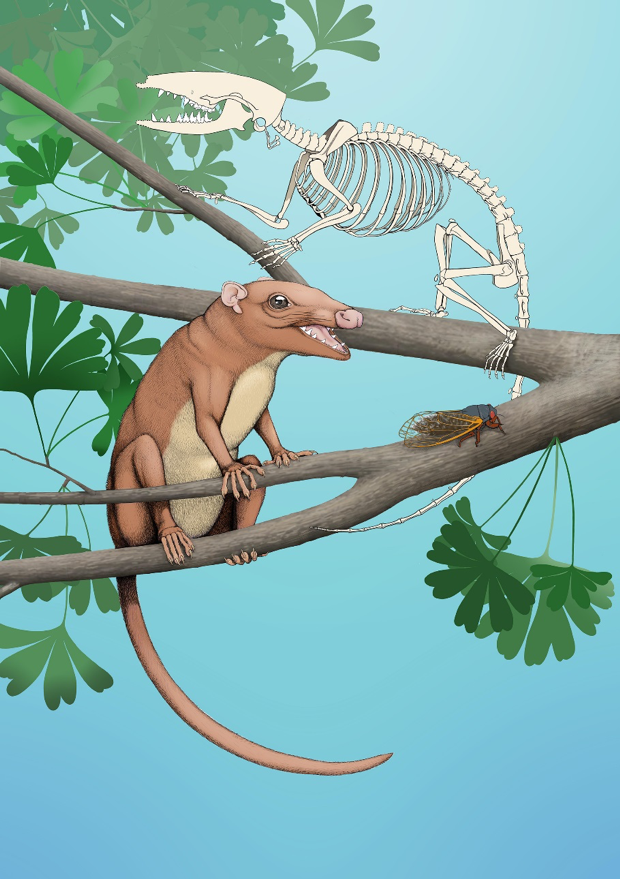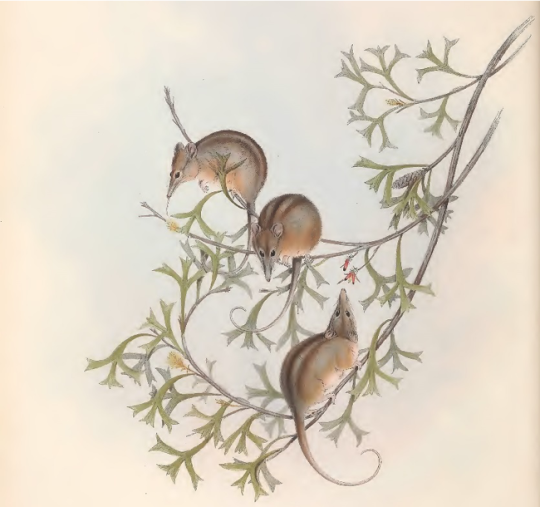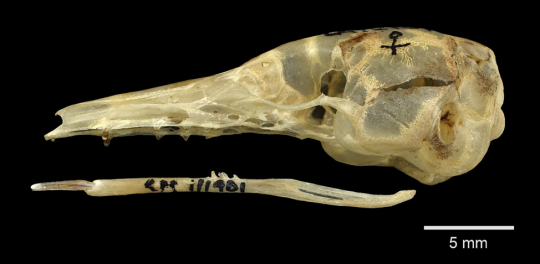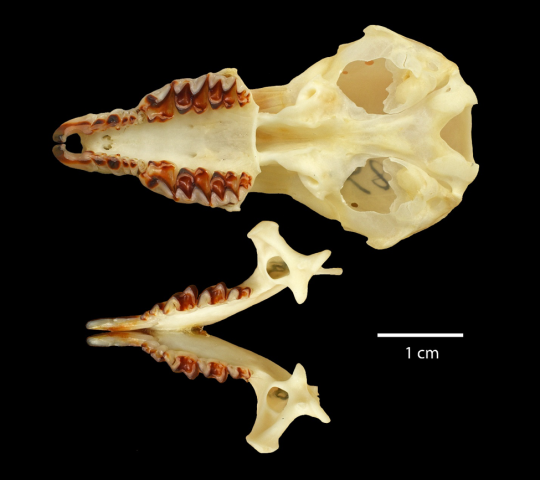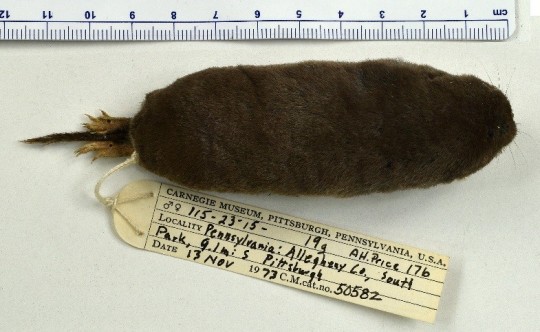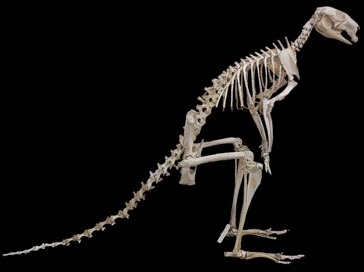By John Wible
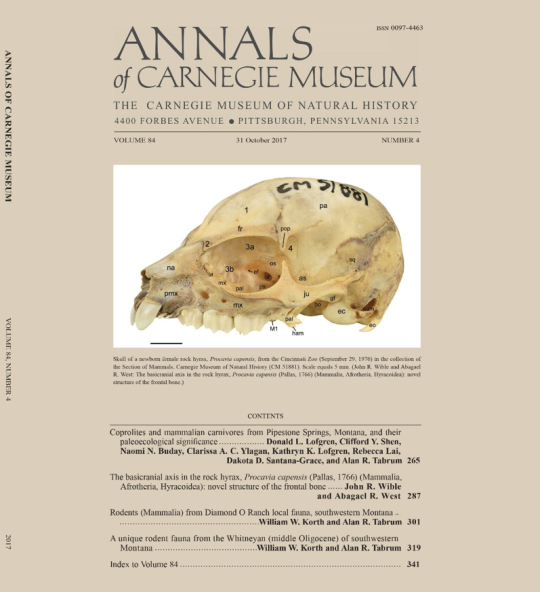
The Carnegie Museum of Natural History produces a scientific journal entitled Annals of Carnegie Museum that first appeared in print in March 1901. Its purpose is to promote the research and collections of the museum. This issue from October 2017 has the skull of a newborn rock hyrax, Procavia capensis, from the collection of the Section of Mammals on the cover. The image is from an article in the issue on aspects of the skull morphology of hyraxes by myself and Rea Postdoctoral Fellow Abagael West. For more information about the Annals, click here.
John Wible, PhD, is the curator of the Section of Mammals at Carnegie Museum of Natural History and editor of Annals of Carnegie Museum. John’s research is focused on the tree of life of mammals, understanding the evolutionary relationships between living and extinct taxa, and how the mammalian fauna on Earth got to be the way it is today. He uses his expertise on the anatomy of living mammals to reconstruct the lifeways of extinct mammals. John lives with his wife and two sons in a house full of cats and rabbits in Ross Township.
